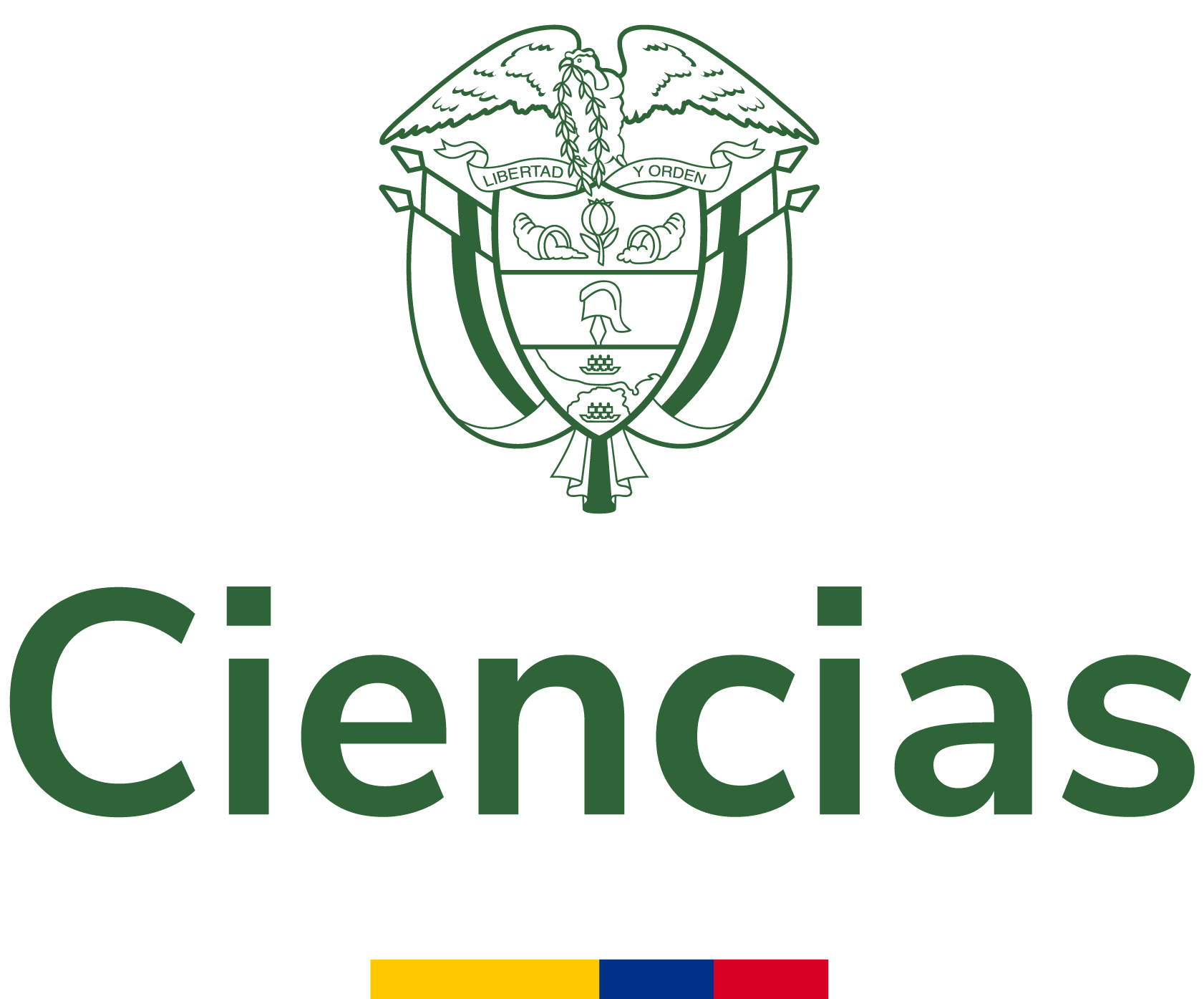Turin. Notes on architecture
This article is intended to refer to urban development and architecture representative of the city of Turin in northern Italy, widely recognized as an excellent laboratory for understanding the Baroque period. The city has been the subject of multiple prints by renowned personalities, including writ...
- Autores:
- Tipo de recurso:
- Fecha de publicación:
- 2019
- Institución:
- Universidad Católica de Pereira
- Repositorio:
- Repositorio Institucional - RIBUC
- Idioma:
- spa
- OAI Identifier:
- oai:repositorio.ucp.edu.co:10785/15061
- Acceso en línea:
- https://revistas.ucp.edu.co/index.php/arquetipo/article/view/468
http://hdl.handle.net/10785/15061
- Palabra clave:
- Rights
- openAccess
- License
- Derechos de autor 2019 Arquetipo
| id |
RepoRIBUC_cd479a171013d762841f86c98d7d6ae6 |
|---|---|
| oai_identifier_str |
oai:repositorio.ucp.edu.co:10785/15061 |
| network_acronym_str |
RepoRIBUC |
| network_name_str |
Repositorio Institucional - RIBUC |
| repository_id_str |
|
| spelling |
Turin. Notes on architectureTurín. Apuntes sobre arquitecturaThis article is intended to refer to urban development and architecture representative of the city of Turin in northern Italy, widely recognized as an excellent laboratory for understanding the Baroque period. The city has been the subject of multiple prints by renowned personalities, including writer and German philosopher Friedrich Nietzsche, who spent his last years of lucidity in this city. In light of his descriptions, the theme of the research is conducted, highlighting the spiritual affinity that humans have with the character of the city, to finally understand that human identity presupposes the identity of the place and represents an extension of the places and things.Este artículo hace referencia a la evolución urbana y arquitectura representativa de la ciudad de Turín en el norte de Italia, ampliamente reconocida como un excelente laboratorio para entender el periodo barroco. La ciudad ha sido objeto de múltiples impresiones por parte de reconocidas personalidades, entre ellas las del filósofo y escritor alemán Federico Nietzsche, quién vivió sus últimos años de lucidez en esta ciudad. A la luz de sus descripciones, se desarrolla el hilo conductor de la investigación, resaltando la afinidad espiritual que los seres humanos tienen con el carácter de la ciudad, para entender finalmente que la identidad humana presupone la identidad del lugar y representa una extensión de los lugares y las cosas.Universidad Católica de Pereira2023-08-30T00:46:11Z2023-08-30T00:46:11Z2019-06-19Artículo de revistahttp://purl.org/coar/resource_type/c_6501http://purl.org/coar/version/c_970fb48d4fbd8a85info:eu-repo/semantics/articleinfo:eu-repo/semantics/publishedVersionhttp://purl.org/coar/resource_type/c_2df8fbb1application/pdfhttps://revistas.ucp.edu.co/index.php/arquetipo/article/view/468http://hdl.handle.net/10785/15061Arquetipo; Núm. 9 (2014); 45-592539-39362215-9444spahttps://revistas.ucp.edu.co/index.php/arquetipo/article/view/468/470Derechos de autor 2019 Arquetipohttps://creativecommons.org/licenses/by-nc/4.0/deed.es_EShttps://creativecommons.org/licenses/by-nc/4.0/deed.es_ESinfo:eu-repo/semantics/openAccesshttp://purl.org/coar/access_right/c_abf2Gil García, Juan GuillermoCadavid Restrepo, Andreaoai:repositorio.ucp.edu.co:10785/150612025-01-27T23:58:13Z |
| dc.title.none.fl_str_mv |
Turin. Notes on architecture Turín. Apuntes sobre arquitectura |
| title |
Turin. Notes on architecture |
| spellingShingle |
Turin. Notes on architecture |
| title_short |
Turin. Notes on architecture |
| title_full |
Turin. Notes on architecture |
| title_fullStr |
Turin. Notes on architecture |
| title_full_unstemmed |
Turin. Notes on architecture |
| title_sort |
Turin. Notes on architecture |
| description |
This article is intended to refer to urban development and architecture representative of the city of Turin in northern Italy, widely recognized as an excellent laboratory for understanding the Baroque period. The city has been the subject of multiple prints by renowned personalities, including writer and German philosopher Friedrich Nietzsche, who spent his last years of lucidity in this city. In light of his descriptions, the theme of the research is conducted, highlighting the spiritual affinity that humans have with the character of the city, to finally understand that human identity presupposes the identity of the place and represents an extension of the places and things. |
| publishDate |
2019 |
| dc.date.none.fl_str_mv |
2019-06-19 2023-08-30T00:46:11Z 2023-08-30T00:46:11Z |
| dc.type.none.fl_str_mv |
Artículo de revista http://purl.org/coar/resource_type/c_6501 http://purl.org/coar/version/c_970fb48d4fbd8a85 info:eu-repo/semantics/article info:eu-repo/semantics/publishedVersion |
| dc.type.coar.fl_str_mv |
http://purl.org/coar/resource_type/c_2df8fbb1 |
| status_str |
publishedVersion |
| dc.identifier.none.fl_str_mv |
https://revistas.ucp.edu.co/index.php/arquetipo/article/view/468 http://hdl.handle.net/10785/15061 |
| url |
https://revistas.ucp.edu.co/index.php/arquetipo/article/view/468 http://hdl.handle.net/10785/15061 |
| dc.language.none.fl_str_mv |
spa |
| language |
spa |
| dc.relation.none.fl_str_mv |
https://revistas.ucp.edu.co/index.php/arquetipo/article/view/468/470 |
| dc.rights.none.fl_str_mv |
Derechos de autor 2019 Arquetipo https://creativecommons.org/licenses/by-nc/4.0/deed.es_ES https://creativecommons.org/licenses/by-nc/4.0/deed.es_ES info:eu-repo/semantics/openAccess http://purl.org/coar/access_right/c_abf2 |
| rights_invalid_str_mv |
Derechos de autor 2019 Arquetipo https://creativecommons.org/licenses/by-nc/4.0/deed.es_ES http://purl.org/coar/access_right/c_abf2 |
| eu_rights_str_mv |
openAccess |
| dc.format.none.fl_str_mv |
application/pdf |
| dc.publisher.none.fl_str_mv |
Universidad Católica de Pereira |
| publisher.none.fl_str_mv |
Universidad Católica de Pereira |
| dc.source.none.fl_str_mv |
Arquetipo; Núm. 9 (2014); 45-59 2539-3936 2215-9444 |
| institution |
Universidad Católica de Pereira |
| repository.name.fl_str_mv |
|
| repository.mail.fl_str_mv |
|
| _version_ |
1844494679000743936 |






